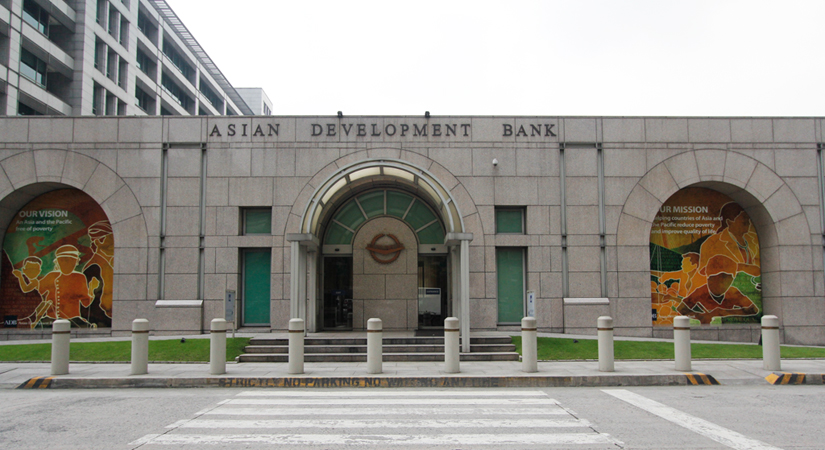Risks from Fed unwinding to be manageable for PHL

THERE IS A risk of another “taper tantrum” episode amid rising US Treasury bond yields, but the Philippines and other Asian economies are now better equipped to handle this, the Asian Development Bank (ADB) said.
“The risk of a taper tantrum repeat is non-zero, but I think it’s manageable,” ADB Chief Economist Yasuyuki Sawada said at the BusinessWorld One-on-One online forum.
“I believe the Fed (US Federal Reserve) will be really careful in communicating with the market if they want to change the position of monetary policy,” he added.
The taper tantrum happened in 2013 when the US Federal Reserve signaled it would start to reverse its massive quantitative easing program. This resulted in panic over rising credit costs which led to sharp outflows from emerging markets and left central banks scrambling to hike interest rates.
Benchmark US 10-year Treasury yields were on an uptrend in the first quarter but have been stabilizing since then. The Fed has also signaled that it is still too early to talk about dialing back its bond buying program.
Mr. Sawada said capital flows in Asian economies are no longer as volatile now and currencies in the region have also strengthened against the US dollar.
He also noted that central banks’ unwinding of quantitative easing measures is not yet a concern as rising inflation in most economies in Asia is seen to be temporary.
“I think there is some uptick pressure of inflation, but this element seems to be temporary, not permanent. And also, if we take a scenario that unwinding will happen, I believe the most critical element is proper communication,” he said. “I think the Fed will be really well communicated, learning from the past experience, and so I believe there will be no surprise or misunderstandings.”
Bangko Sentral ng Pilipinas (BSP) Governor Benjamin E. Diokno said in a Viber message on Thursday that the Philippines is in a stronger position now compared to where it was during past political and economic crises, including the Asian Financial Crisis and the Global Financial Crisis.
He said in the past, the peso depreciated against the greenback due to a shortage in the supply of dollars, with the local unit’s weakening accompanied by an increase in interest rates to stem dollar outflows.
“This crisis is a pandemic. Our external position is sound. GIR (gross international reserve) level is at a historic high, more than sufficient to cover imports needs. The GIR exceeds total foreign debt, which by the way are largely medium- and long-term in tenor,” he said.
“The 2013 ‘taper tantrum’ may be concerning for some emerging economies, but not for the Philippines. Not all emerging economies are alike. The Philippines is different because of its strong macroeconomic fundamentals and its focus on structural reforms before and even during pandemic,” the BSP chief added.
The country’s dollar reserves inched down by 0.64% to $104.48 billion as of March from the end-February level, but was higher by 18% from a year ago.
GIR hit an all-time high of $110.117 billion last year. Sufficient foreign exchange buffers can shield the economy from high volatility and ensure the country can pay off its debts even during crises. — B.M. Laforga



